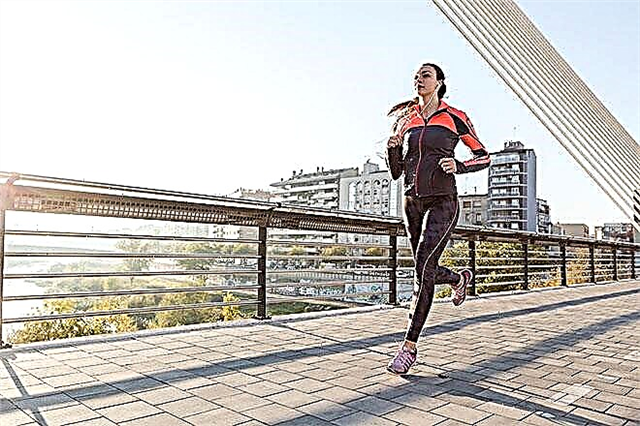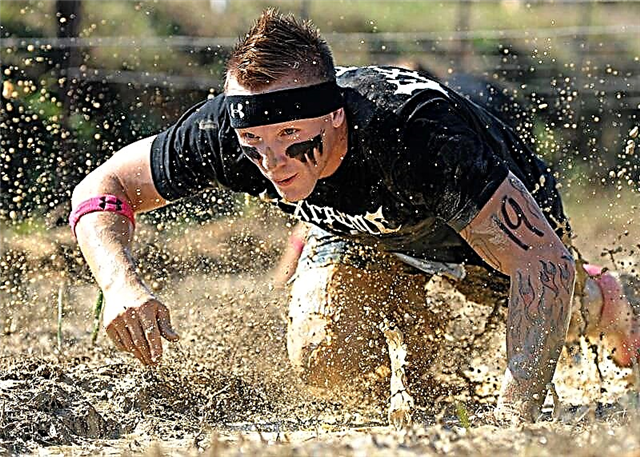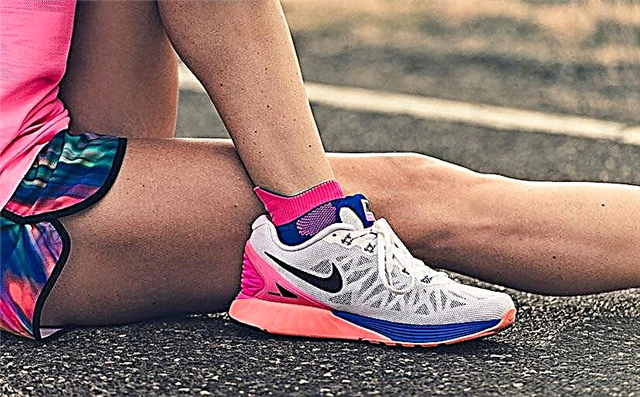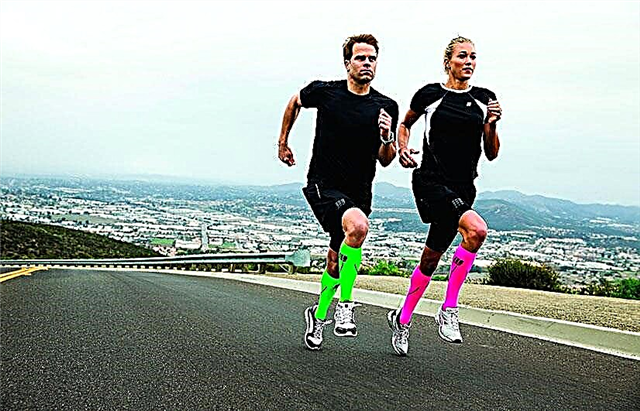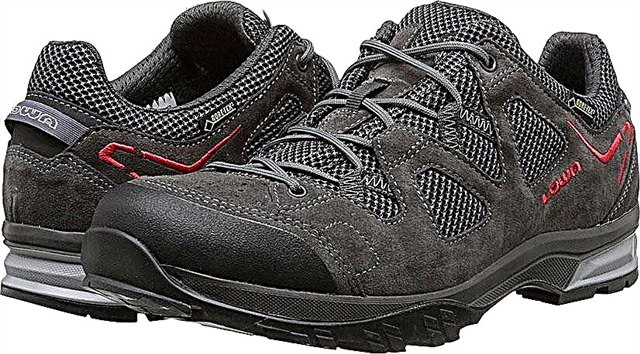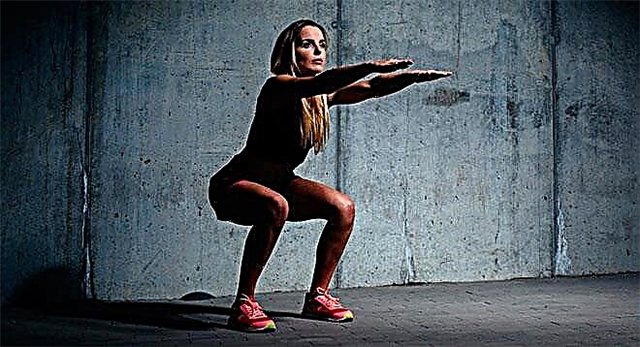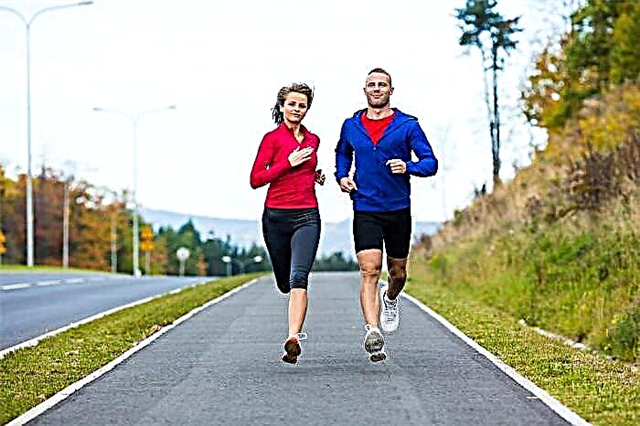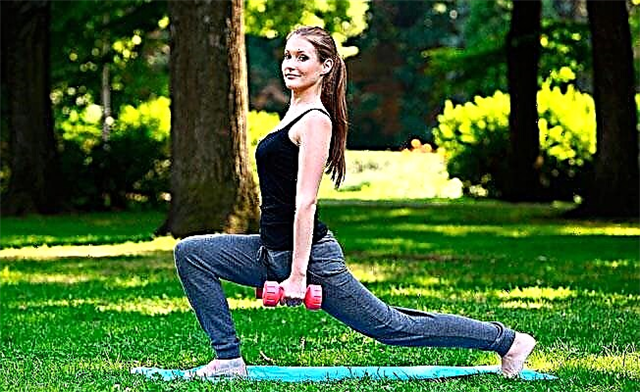Unfortunately, sports, especially professional ones, are often not complete without injuries. Every athlete who is seriously involved in running sooner or later faces injuries in the foot area. The heel is the most vulnerable part of the foot.

Causes of heel pain after running
Let's consider the main causes of pain:
- Overweight problems (obesity).
- Infectious diseases.
- Long stay on your feet.
- Injuries.
- Overstrain of the foot structures.
- Change in motor activity, etc.
Uncomfortable shoes

In order for sports to bring only pleasure, you need to choose the right shoes.
Basic Rules:
- sneakers should not have seams that irritate the skin;
- sneakers should breathe well;
- give preference to a flexible sole;
- hard back prevents slipping;
Wearing uncomfortable sneakers leads to overstrain of the musculoskeletal structures. Various diseases can occur. For example, bursitis.
Violation of running technique

Running is one of the most affordable and popular sports. More and more people are starting to engage in this sport. Many beginners get their feet wrong when running. As a result, various injuries and diseases can occur. In order to avoid health problems, you need to master the correct running technique.
Example of incorrect running technique:
- active hand swings;
- all attention is directed to the heel.
At the same time, athletes believe that such a technique allows them to increase their running speed. However, in practice, things are not so simple. As a rule, the speed remains unchanged.
Athletic shoe manufacturers are constantly updating sneakers. Manufacturers are redesigning the shoe to reduce the likelihood of heel injury. But, the efforts of the manufacturers are in vain.
Beginners don't work on technique and run around at random. The load only increases with each step. Therefore, a thick sole will not be able to protect the heel from heavy load.
What mistakes beginners make (athletes who have the wrong running technique):
- the leg is thrown forward sharply;
- sharply the leg hits the ground.
Thus, the thick outsole increases the load. In this case, painful sensations are concentrated in the foot and heel.
Experts conducted a large number of experiments and studies in order to identify the correct running technique. It must be anatomically correct and safe. All correct running techniques have one thing in common - they don't focus on the heel.
Correct running technique:
- In order to accelerate, you must gradually increase your running speed.
- Legs must be suspended in the air.
- Landing is done on the forefoot (toe).
- Legs should "rest" periodically.
- The leg should not be thrown forward.
Benefits of correct running technique:
- running speed increases significantly;
- the running distance is significantly increased.
Impaired functionality of the Achilles tendon

Violation of the integrity of the connective tissue fibers of the tendon with dysfunction, can lead to serious diseases.
The functionality of the Achilles tendon can occur for various reasons:
- wearing high-heeled shoes;
- uncomfortable shoes;
- long distance running (overtraining);
- muscle strain;
- excess load.
Traumatic tendon injury
A tendon rupture is a serious injury. Because a break can lead to disability. Complete tendon ruptures are more common than partial ruptures.
Main reasons:
- sharp muscle contraction;
- overtraining (excessive load);
- blow to the tendon (injury).
The main symptoms are:
- plantar flexion is impossible;
- defect in the integrity of the tendon;
- sharp pain.
The main method of treating traumatic tendon injury is surgical.
Arthritis
Arthritis is an inflammation of the joint. With this disease, the joint is gradually damaged. The main symptom of this disease is joint aches. There are eight types of arthritis. Risk group - people over 40 years old.
How is arthritis treated?
- the use of various techniques that relieve muscle spasm;
- reception of various ionized solutions that contain trace elements.
Arthritis is infectious in nature. Athletes often suffer from arthritis.
The reasons:
- uncomfortable shoes;
- wrong running technique.
How to recognize this disease:
- Seizures may appear in the morning and evening.
- Pain syndrome progression.
In order to improve the clinical picture, it is necessary to use a special therapeutic massage.
Infections

Infectious diseases:
Osteomyelitis. Osteomyelitis is an infectious disease of the bones. It can affect various bones, including the heel. Typically, this infection begins to develop when pathogens enter the bone tissue.
After this, the inflammatory process begins to affect all elements of the bone. This infectious disease can be accompanied by osteonecrosis.
If the acute form of the disease is not treated, then chronic osteomyelitis may occur.
The main symptoms are:
- dilated veins; - the skin may acquire a reddish color; - acute pain (localized in the affected area); - high temperature (39-40 degrees); - weakness; - muscle pain
Bone tuberculosis. Bone tuberculosis is one of the most severe diseases of the musculoskeletal system. This infection occurs in conditions of hematogenous dissemination of the tuberculous process. Bone tuberculosis can affect different parts of the musculoskeletal system.
Causes of bone tuberculosis:
- HIV;
- stress;
- starvation;
- poor living conditions, etc.
Symptoms:
- muscle pain;
- lethargy;
- irritability;
- heat;
- drowsiness.
Treatment:
- if necessary, surgical treatment is prescribed;
- taking various anti-tuberculosis drugs;
- special orthopedic treatment;
- fight against bad habits;
- proper nutrition (complete).
If the inflammatory process stabilizes, then remission occurs.
The list of infectious diseases that can lead to the development of arthrosis:
- salmonellosis;
- dysentery;
- ureaplasmosis;
- chlamydia.
Diagnostics
First of all, diagnosis begins with an assessment of the patient's complaints. What can be of concern to the patient?
- swelling of the foot;
- redness of the foot;
- backache;
- joint pain, etc.
And also the attending physician takes into account the history of the disease. An objective examination is mandatory. To confirm the diagnosis, a laboratory examination is prescribed.
Consider the main diagnostic methods:
- Puncture bone biopsy. This diagnostic method is prescribed for suspected osteomyelitis and other infectious diseases.
- Serological analysis.
- Research on tumor markers.
- X-ray examination. X-ray is the main diagnostic method.
- Microbiological research.
- Blood test (general and biochemical).
Which doctor should I go to?
If there is pain in the heel, then you need to contact the following doctors:
- orthopedist;
- traumatologist;
- therapist.
Perhaps the attending physician will refer you for consultation to other specialists
Treatment and prevention of heel pain

If the heel hurts for a long time, then you need to see a doctor for a comprehensive treatment.
How to quickly relieve pain?
- apply anti-inflammatory cream;
- attach a piece of ice (you need to keep the cold for 20 minutes).
Recommendations:
- Remedial gymnastics should be performed every day.
- You need to wear comfortable shoes.
- People with flat feet need to wear orthopedic insoles.
Athletes-runners are susceptible to diseases of the musculoskeletal system. They often experience heel pain. If you experience discomfort in the heel area, you need to see a doctor.

